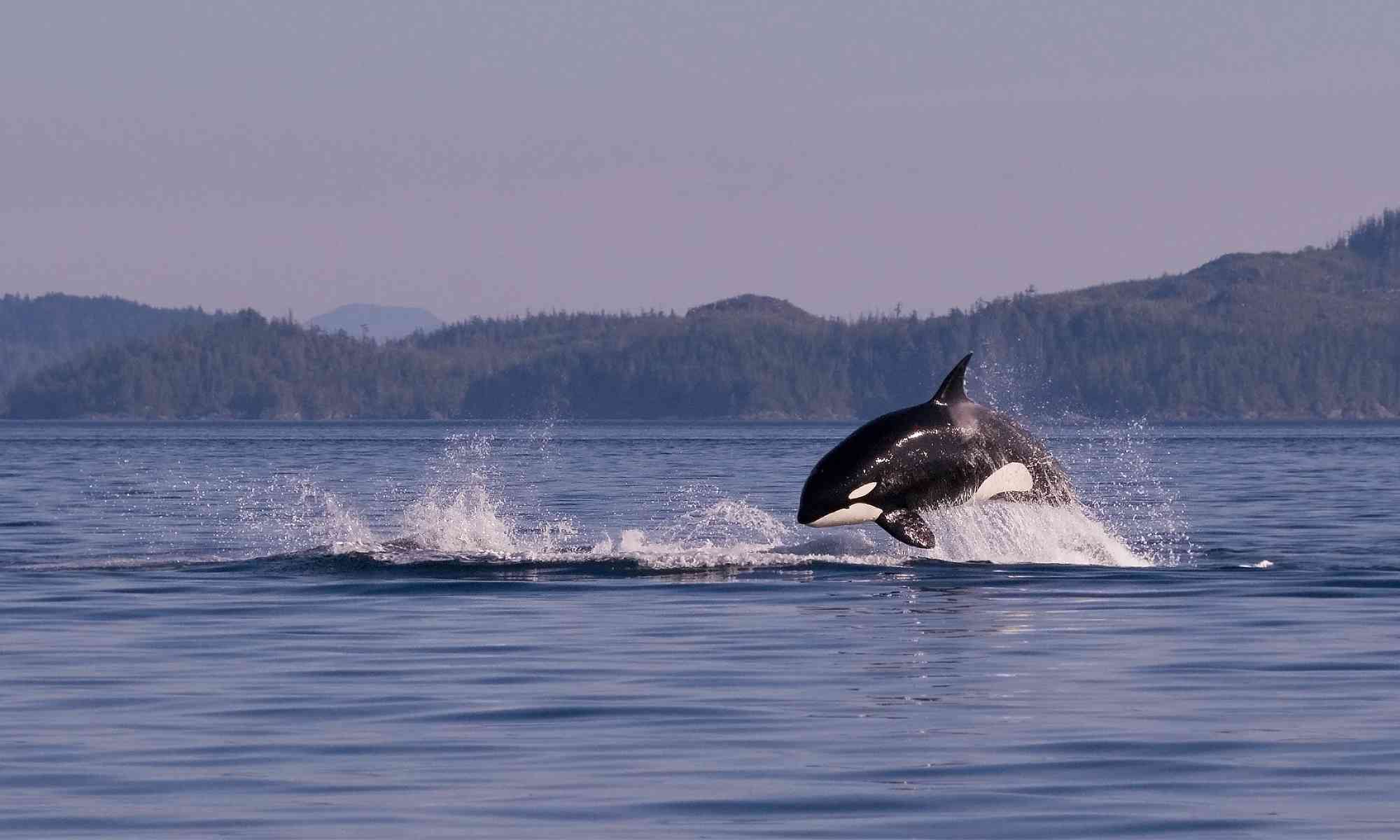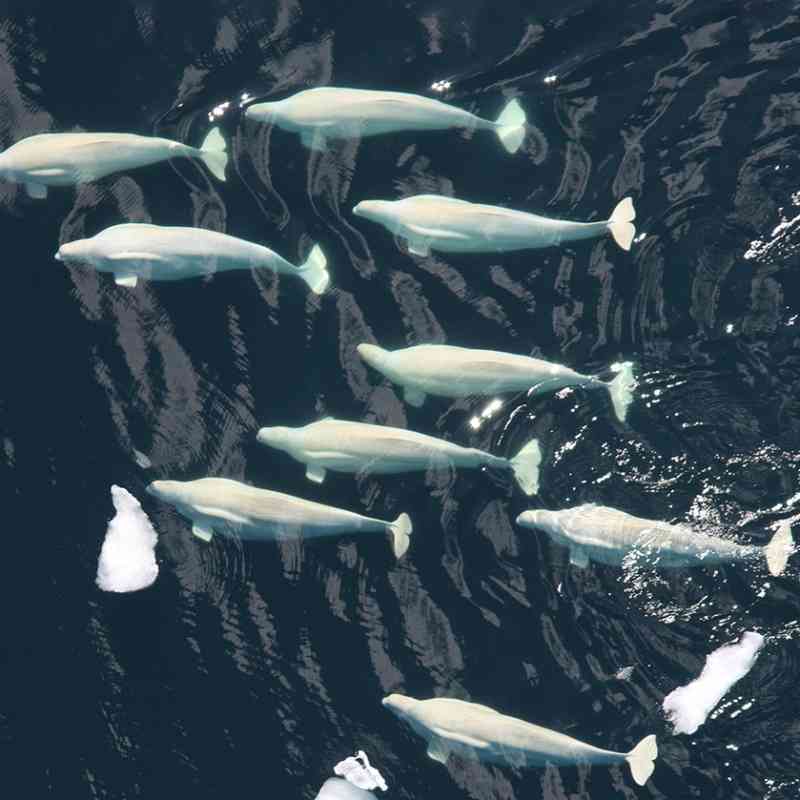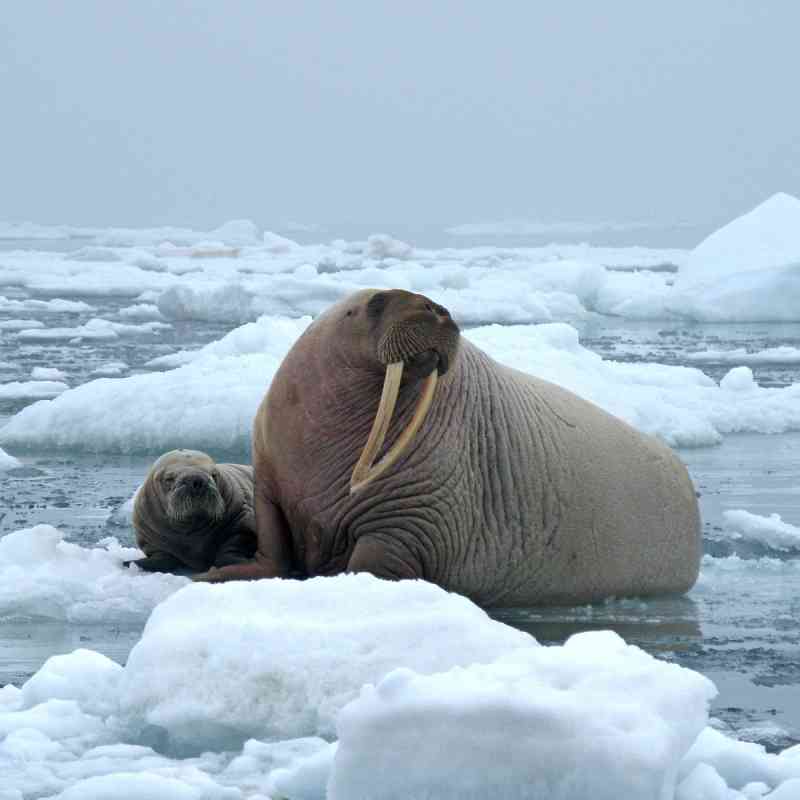Since 1972, the Marine Mammal Protection Act (MMPA) has played a central role in protecting and recovering some of our beloved and iconic marine mammal species: humpback and gray whales, sea otters and manatees, seals and sea lions, porpoises and dolphins. Today, in a world where we can stream nature documentaries on demand, public support for marine mammal conservation is stronger than ever.
The conservation successes of the MMPA have had enormous economic benefits. People spend over a billion dollars a year in the U.S. on whale watching and related travel, pumping money into coastal communities that rely on ecotourism. In Massachusetts alone, a recent study showed that, in in 2014, whale watching generated more revenue than the commercial fisheries for finfish. Even more significantly, marine stewardship and conservation activities contributed $179 million to the State’s economy. Many other coastal states show similar growth in marine mammal tourism, contributing to strong state economies.
The MMPA continues to set the benchmark for global marine mammal conservation. Since its enactment, not a single marine mammal species has gone extinct in U.S. waters. Unfortunately, the same cannot be said for other countries. Marine mammal species in our waters are doing as well or better than species outside our waters.
This Act was our first national law mandating an ecosystem approach to wildlife conservation. With current research on the crucial role that marine mammals play in ensuring the productivity of marine ecosystems, we can only be grateful that the 92nd Congress had the foresight to act, in their words, “conservatively” to protect marine mammals in the face of scientific uncertainty.
The 1994 Amendments established science-based metrics and innovative planning procedures for ensuring that commercial fisheries do not kill unsustainable numbers of marine mammals, especially those that are already depleted or listed under the Endangered Species Act. One such innovation was the requirement to develop Take Reduction Plans, with the input of Take Reduction Teams. These teams are stakeholder groups of fishermen, state and federal fisheries agencies, Alaska Native or tribal representatives, scientists, and conservationists that develop consensus-based recommendations to inform Take Reduction Plan regulations.
With respect to military readiness, the Act was amended in 2003 to respond to the Department of Defense’s concerns about obtaining permits for killing, injuring and harassing marine mammals via sonar and explosives. Among other modifications to the Act’s requirements, these amendments permit the Secretary of Defense to invoke at any time a two-year, renewable exemption from the Act for any action or category of actions if “necessary for national defense.”
Wildlife and Wild Places





